Saavedra M.J., Gomes S., Fernandes C., Teixeira A., Varandas S.
saavedra@utad.pt
Antimicrobial resistance (AMR) is a major global health problem. Water use by human activities represents a natural reservoir of AMR, thus a time-integrated approach is required in aquatic ecosystems. Freshwater bivalves are widely applied as accumulation indicators and monitors of contaminant effects on different levels of biological integration once they are suspension feeders that actively filter, retain, and concentrates particles from their surrounding water, including free-living or particle-bound bacteria. In this study, we aimed to (i) investigate the genetic diversity of E. coli, (ii) determine the virulence factors of E. coli isolates, and (iii) detect antibiotic-resistant E. coli. Samples were collected in the middle sector of the Tua River. Isolates were retrieved in Chromocult® Coliform Agar plates (Merck, Germany). Susceptibility testing was performed by the disc diffusion method, according to the Clinical Laboratory Standards Institute (CLSI), and the screening of phenotypic ESBL production was carried out by the double-disk synergy test using cefotaxime (30μg), ceftazidime (30μg), and amoxicillin/clavulanate (20/10μg) acid discs. PCR-based assays were designed for phylogenetic E. coli groups evaluation, resistance, and detection of ESBL genes. The E. coli phylogenetic group B1 was the most prevalent (44 %), followed by phylogenetic groups A and D. Phylogenetic groups A and B1 comprised more than half (70 %) of the total E. coli isolated. Our results show that Corbicula spp. provide an efficient, time-integrating tool for identifying/quantifying fecal indicators, including multidrug-resistant bacteria.
Acknowledgments: This work is supported by National Funds by FCT - Portuguese Foundation for Science and Technology, under the project UIDB/04033/2020 and the I&D project FRESHCO-Multiple implications of invasive species on Freshwater Mussel co-extinction processes (PTDC/AGR-FOR/1627/2014-04/SAICT/2015).
